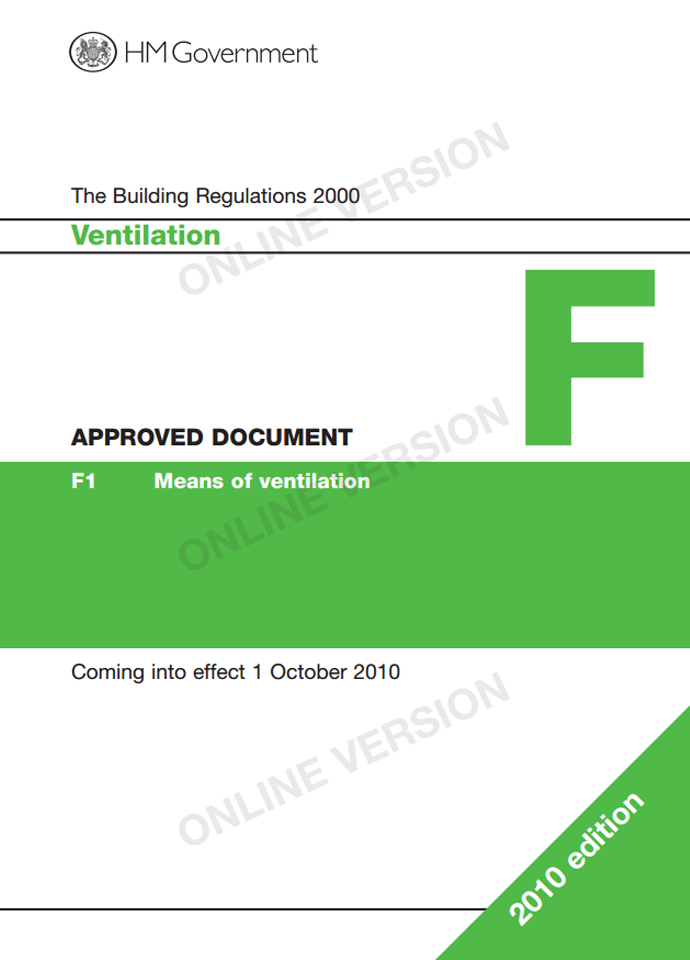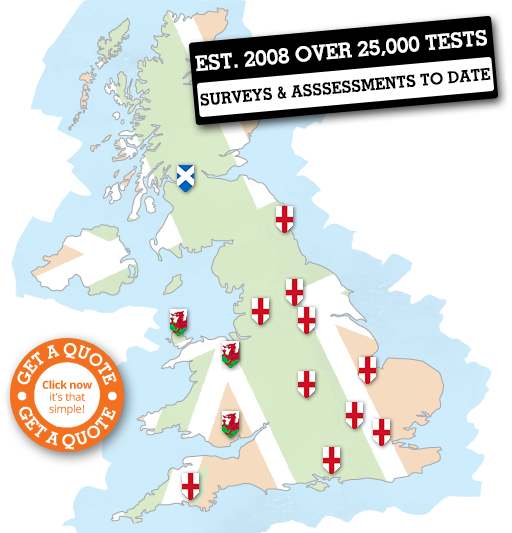Offices Nationwide

Air Testing & Leakage
Our engineers use Thermal camera and extensive knowledge of buildings to help find leakage areas within the building and can advice of these.

Air Testing
As part of thermographic surveys we can also use an air Pressure testing kit to depressurise the building and help detect any air leakage within the property..more
Part F
Means of Ventilation

Air Testing is sometimes referred to as Domestic Air pressure tests, Domestic Air tightness tests, Domestic Air tests, Domestic Air pressure testing, Domestic Air tightness testing, Domestic Air leakage testing.
Air Leaking Testing Across the UK
When Should The Test Take Place?
The air leakage should be completed once the building is completed. All doors and windows in place, all skirting boards sealed, traps filled with water and any penetrations through the envelope of the building need to be sealed. Please find checklist within the downloads section of the website which provide a comprehensive list of requirements. People who follow this checklist have a much higher change of passing the air test first time.
Why E2 Consultants?
At E2 Consultants we offer Air Leakage Testing throughout the UK and surrounding areas. Our experienced air leakage testing consultants will also be happy to offer advice on the best ways to gain your target rating.
E2 Consultants offer a range of services from desktop reviews of drawings to pre test inspections on site to advice on air tightness, how to improve and what needs to be completed and sealed for the testing to take place successfully.
For a quote or for more information, call our air tightness / pressure testing consultants in the UK on 0800 043 8100 or email us on @e2consultants.co.uk
All new buildings in England and Wales have had a mandatory requirement since 2006 (2010 in Scotland) that domestic and commercial buildings, must have a passing air leakage certificate before the property can be passed off by building regulations.
How Many Properties Need An Air Tightness Test?
If you have 4 or less properties of the same type then only one test needs to be undertaken per type. If you have more than 4 but less than 40 dwellings of a type then you need at least two tests to be done on each type. Finally, if there are more than 40 properties of a particular type then at least 5% of each type needs to be tested UNLESS the first 5 get a passing score - then this can be dropped to just 2%.
What Air Permeability Rating Do I Need?
The air tightness rating of a property is not a fixed figure. This is set by the design SAP Calculation carried out (please contact us if you also require a SAP Calculation in the UK ). However the worst acceptable standard for air tightness is 10 m³/(h.m²) which resembles the amount of uncontrolled air that's leaking from the dwelling. However this does not mean that it would pass the SAP Calculations Design Air Permeability standard. Should the test fail, our air tightness team will help you identify where the leakages are happening in the hope that a passing score will be achieved after a re-test.
What Does An Air Leakage Test in the UK Involve?
During an air test in the UK the pressure of the building will be tested and as such all windows and doors that lead outside must be securely closed to avoid them swinging open and the test being abandoned. Similarly, all internal doors should be wedged open to avoid being slammed shut. Furniture will not be affected during the test, but smaller items such as paper must be held down or removed completely so they're not blown about.
An air test involves placing a large fan, or several fans, to an opening within the property; usually a doorway. The fans will increase and decrease in speed that will in-turn change the building's air pressure and record the results. Please note: an air test cannot be carried out if wind speed is more than 13mph. 3 metres per second is the ideal wind speed when undertaking an air test in the UK.
Employees can still do their job inside a commercial or domestic building in the UK whilst the air test is being carried out, within reason, though may feel some discomfort due to the noise of the fan and the draught that will be felt throughout the building. There should be no outside access once the test has begun - which lasts for approximately 90 minutes, so plan accordingly.
Warning: count(): Parameter must be an array or an object that implements Countable in /data04/elite/public_html/Office.php on line 755
For further Air-Integrity-Testing information for your area, be sure to check out Air-Testing-.co.uk.
Our other services include:
Warning: Invalid argument supplied for foreach() in /data04/elite/public_html/Office.php on line 769
Air Integrity Testing can also be known as:
Domestic Air Tightness Testing, Domestic Air Leakage Testing, Domestic Air Pressure Testing, Air Leakage Testing, Domestic Air Testing, Air Pressure Testing, Air Tightness Testing, Domestic House Leakage Testing, Fan Pressure Testing, Air Testing, Domestic Air Integrity Testing, House Leakage Testing, Domestic Fan Pressure Testing,
Copyright 2025 E2 Specialist Consultants Limited
Company No. 06728970






































